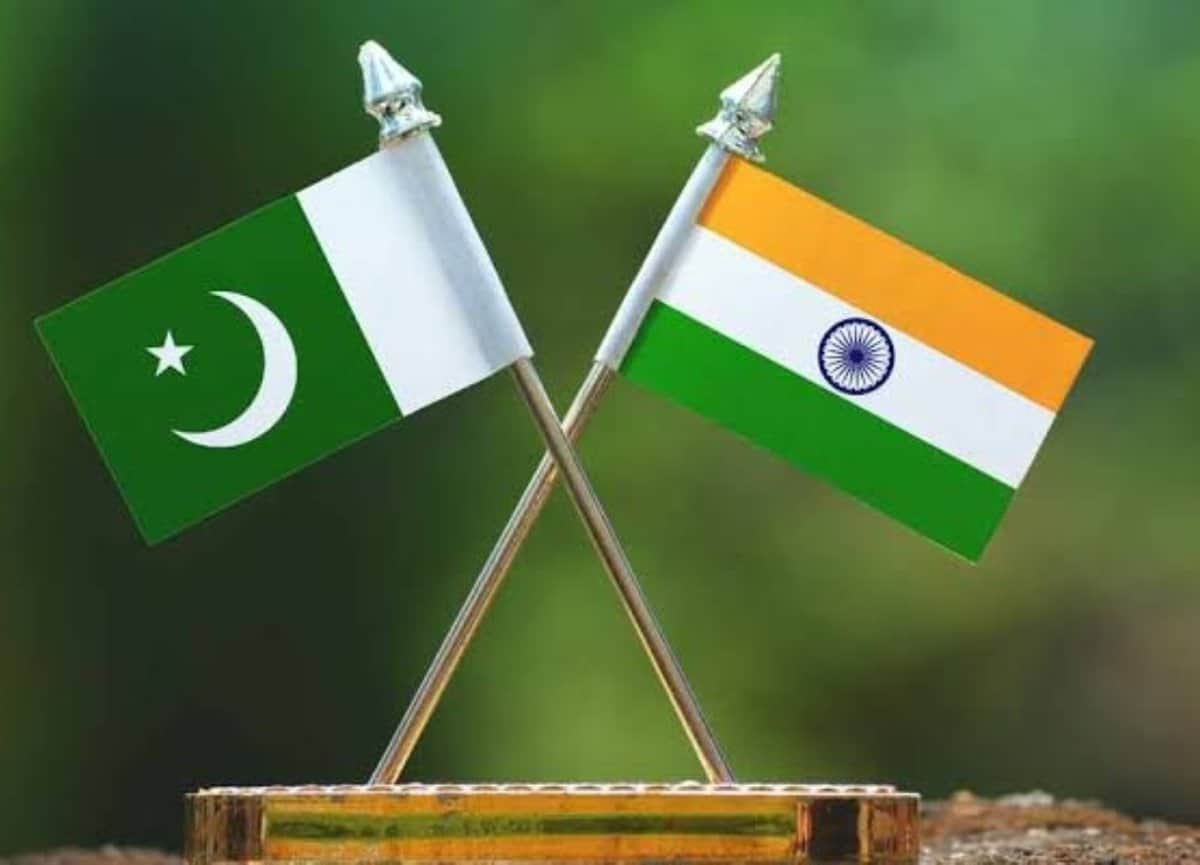
Twenty-four years ago, Pakistan launched Kargil War against India in two phases – first, it sent its Gilgit-Baltistan-based North Light Infantry soldiers into the Indian military posts in the winters and then manifested its intentions by targeting Srinagar- Leh highway when its deception was detected. A very comfortable excuse to deny the obvious with Pakistan was the claim that Kashmiri militants had done what actually its soldiers had done with its long-time strategy to highlight Kashmir at the international level, expecting that the Western powers, annoyed with India over nuclear explosions in May 1998, would lean toward Pakistan. The Pakistan military, under the leadership of Gen. Pervez Musharraf, who died in Dubai hospital in April this year, had hoped to kill too many birds with one stone. But the most important objective, as appeared later, was to bring in the international focus on Jammu and Kashmir – Kargil that time, rather until the Reorganization of J&K state was done in August 2019, was part of the erstwhile state. Now it is part of the Union Territory of Ladakh, carved out of the state, which too has been downgraded to Union Territory.
Having brought about these changes as an extension of the abrogation of Article 370 in August 2019, the Government of India has been able to split once violent conflict region of Kashmir from Ladakh – Ladakh region of which Kargil is one of the two districts – was part of Kashmir province. It is the undoing of what Pakistan had sought to do by thrusting war on India, by surreptitiously occupying the Indian positions and strategic locations on this side of the Line of Control which worked as a de-facto border between the two parts of Jammu and Kashmir, including Ladakh.
Pakistan’s Kargil war misadventure had come after Indian and Pakistani nuclear explosions in Pokhran, Rajasthan, India and Chagai hills in Balochistan, Pakistan, in May 1998, the world had come to view Kashmir as a nuclear flash point, a theory advanced by Pakistan to alarm the world opinion. Though India had stated it very clearly that it would go in for a no-first policy – maintaining that it would not fire nuclear weapons unless attacked by catastrophe -spelling weaponry. Pakistan, however, had no such qualms. In fact, the world was worried that Pakistan’s nuclear weapons might fall into the hands of global networks like Al-Qaeda, which was planning for 9/11 that shook the economic and military foundations in New York and Washington on September 11, 2001.
The international concerns had not diminished even when the then Indian Prime Minister Atal Behari Vajpayee undertook a bus journey to Lahore in February 1999 and where he declared against the backdrop of Minar-e-Pakistan, the iconic symbol of the Islamic nation of Pakistan, “Jang na Hone Denge,(We will not allow war to take place between the two countries).” The West was aware of Pakistani intentions, and it did not share the optimism of Vajpayee. And the Western powers were right. Musharraf was already working on his Kargil misadventure – at the time Vajpayee was in Lahore, Musharraf’s men in Pakistan were busy capturing the trans-Himalayan heights on the Indian side. His intentions were to undo all the conventional war superiority of India, as he had also ordered the deployment of nuclear missiles to the LoC. The war, however, concluded with the Indian victory. Despite having scored a decisive victory in the war which lasted from May to July 1999, India could not do away with the Kashmir issue. In fact, it was advised by the Western powers to initiate dialogue with separatists and Pakistan to resolve the issue which had strained relations between the two countries.
For India, things got complicated in Kashmir – it had moved troops on internal security to Kargil border, leaving holes in the security network, which enabled the militants to regroup and re-strategize. It was not just a coincidence that within days of the conclusion of the war, Kashmir started witnessing deadly “ fidayeen” attacks – the phenomenon which brought a cult of militants storming and entering army camps, killing soldiers – at times more than a dozen in each of their target areas, spawning an era wherein questions came to be asked, if the army cannot protect its own camps, how could provide a sense of impeccable and impenetrable security to common masses. The government had sought to open the dialogue as well. It responded enthusiastically and positively to the “unilateral ceasefire” offer of Hizb-ul-Mujahadeen, open direct talks with the militant leaders, but at the end of the day, Pakistan succeeded in derailing the whole thing. The Hizb’s ceasefire announced on July 24, 2000, in Srinagar, was hanged to death in Rawalpindi on August 8, when Pakistan based – Hizb supremo Syed Salaha-ud-Din announced the end of the ceasefire, under pressure and intimidation by Pakistan’s spy agency ISI.
Government’s next experiment of “Ramzan ceasefire” in November 2000, which also failed to stem the problem. And finally, conceding that Pakistan had to be involved, the government invited architect of Kargil War Gen. Pervez Musharraf for talks with India. The talks ended in failure, but the hope of dialogue on Kashmir persisted.
Now with the abrogation of Article 370 and the split of the state into two union territories, to which Pakistan is opposed and wants the decisions reversed, the Kargil war serves as a reminder that how the war had its Kashmir connotations.



